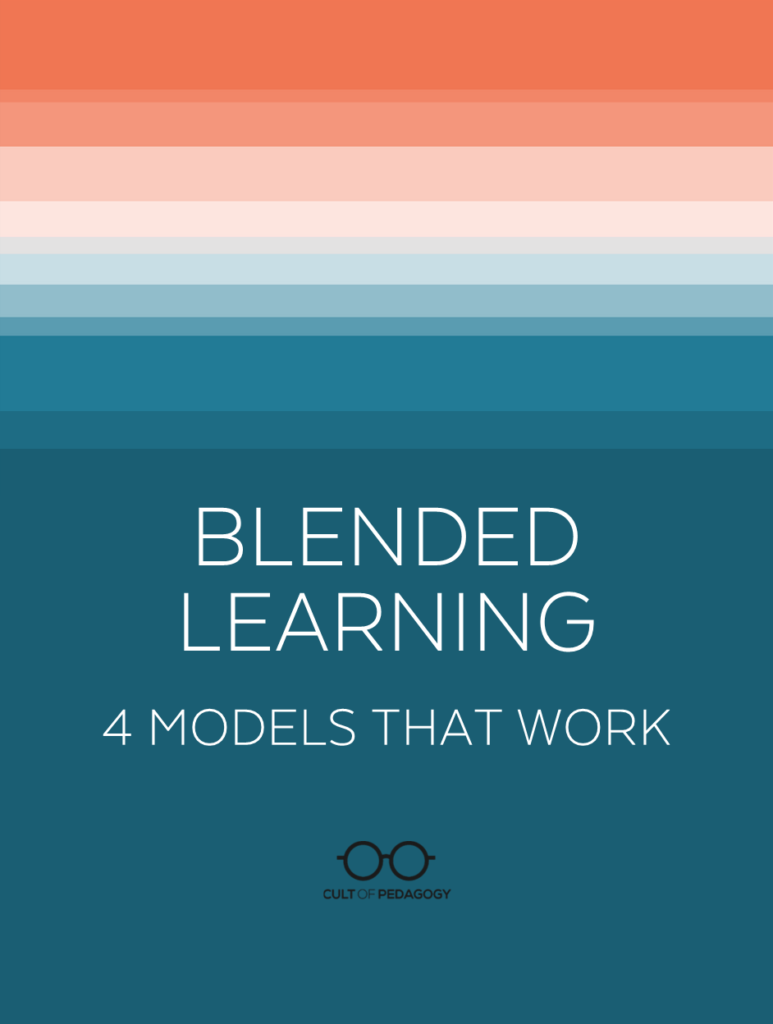
Listen to the interview with Catlin Tucker:
Sponsored by CoderZ and Today by Studyo
This page contains Bookshop.org links. When you make a purchase through these links, Cult of Pedagogy gets a small percentage of the sale at no extra cost to you. What’s the difference between Amazon and Bookshop.org?
The pandemic pushed many educators out of their comfort zones as the teaching and learning landscape shifted beneath their feet. Teachers experimented with new technology tools, learning platforms, and instructional strategies to engage students online, in concurrent classrooms, and on hybrid schedules.
Those who relied primarily on the whole group, teacher-led model quickly discovered that talking for extended periods of time in a video conferencing session failed to engage learners. Students were no longer in a physical learning environment where teachers had a high degree of control. Instead, students had control. They decided whether they turned on their cameras, unmuted to participate in lessons, or completed assignments. The pandemic exposed the shortcomings of the whole-group approach to instruction.
By contrast, educators using blended learning prior to the pandemic had a smoother transition online because they were comfortable using technology to disseminate information, organize resources, and engage students.
Even though many educators are back in physical classrooms this year, blended learning models provide us with powerful structures we can use to weave together online and offline learning to position students at the center of the learning process. Instead of reverting back to a teacher-led, whole-group instructional model, blended learning offers a range of models that free us from the front of the room and allow us to work directly with individual and small groups of learners.
Blended Learning Defined
Blended learning is the combination of active, engaged learning online combined with active, engaged learning offline to provide students with more control over the time, place, pace, and path of their learning. This adapted version of Staker and Horn’s (2012) often cited definition is rooted in constructivist principles. It emphasizes the student’s role as an active agent in the learning process. They must be doing, making, thinking, discussing, questioning, problem-solving, collaborating, and reflecting.
This combination of online and offline learning can take many forms. For example, we can shift some direct instruction online via videos, allowing students to self-pace through lectures and mini-lessons. We can design a mix of online and offline learning stations that students rotate through, creating time for small group differentiated instruction or feedback sessions. The various models provide different avenues for combining online and offline learning, so we can select the best instructional approach to meeting specific student needs and ensuring all learners make progress toward learning objectives.
The “WHY” of Blended Learning
Teachers need a mindset, skill set, and tool set that allows them to navigate any educational landscape confidently. Blended learning offers educators this flexibility because the models work in a classroom, online, or a combination of the two. In addition to being flexible, blended learning addresses two aspects of education that will never change: a) learner variability and b) technology.
First, learner variability is the norm, not the exception. Students will always be different from one another in terms of their skills, needs, preferences, backgrounds, language proficiencies, and interests. If we want to make learning accessible and equitable, why would we use a one-size-fits-all lesson to teach a diverse group of learners? Instead, we must architect learning experiences that strive to remove barriers and provide flexible pathways so all students make progress toward firm, standard-aligned goals.
Second, technology has permeated every aspect of our society. We can use technology to shift students to the center of learning, giving them more opportunities to make decisions about what they learn, how they learn, and what they create to demonstrate their learning. Blended learning fundamentally shifts the teacher and student roles in a classroom. Educators shift from experts at the front of the room to facilitators working with students, and students shift from passive consumers to active agents. These shifts have a powerful impact on the quality of learning and the quality of relationships in a classroom.
The “why” driving my work has shifted as my work has evolved. When I began blending online learning into my low-tech classroom twelve years ago, my goal was to engage students. I was focused on integrating technology to give every student a voice, foster collaboration, and encourage them to make meaning as a learning community. Now, I facilitate professional learning for educators all over the world, work as a blended learning coach, and teach in the Master of Arts in Teaching program at Pepperdine University. My work with school leaders, teachers, and coaches combined with my doctoral research on teacher engagement in blended learning environments has caused my “why” to shift over time. The purpose driving my work now is to help educators reimagine traditional instructional models and workflows to make this profession more sustainable and rewarding. That way, they can invest their finite time and energy in the aspects of this work that are cognitively, emotionally, and socially engaging.
Addressing Common Teaching Pain Points with Blended Learning
In The Complete Guide to Blended Learning, I highlight student agency, differentiation, and control over the pace of learning as pillars of high-quality blended learning and demonstrate how teachers can weave these into each model. When teachers prioritize these three things in the design of their lessons, they create learning experiences that are more engaging, accessible, and equitable for students. They also help to address key “pain points” that teachers experience that can cause them to feel frustrated and disillusioned with this profession.
Pain Point #1: Low Levels of Students Motivation
One pain point I hear about in my work is a perceived lack of student motivation, which manifests in low levels of engagement. Research on motivation indicates that students are more likely to be motivated when they experience autonomy and agency, feel confident in their ability to complete a task, and belong to an inclusive learning community. It’s easy to forget that many students spend all day in classrooms where they do not get to make any decisions about their learning. Blended learning provides a natural framework for offering students autonomy and meaningful choices. I encourage teachers to build student agency into each learning experience, inviting students to make content, process, and/or product decisions. They do not need to create a choice board full of options. Instead, simply offering students a “would you rather” choice between two options, as pictured in the table below, can be motivating.
Pain Point #2: Diversity of Skills and Needs in a Class
The second pain point teachers struggle with is the spectrum of needs and abilities in a class. It is daunting to meet this diversity of needs with a single learning experience. The good news is that blended learning models make it easier to effectively and consistently differentiate, and begin to personalize learning, because teachers are working directly with individual students and small groups. It is more challenging to differentiate when ushering a group of 30+ students through a lock-step learning experience.
As teachers architect their lessons, they should consider differentiating the content, process, and product. These questions can help us identify places in the learning experience that will benefit from differentiation:
- How can we ensure students can access the content?
- What supports and scaffolds will they need to process the information and begin to make meaning?
- What level of academic rigor and complexity is within their zone of possibility?
- What do they want to create to demonstrate their learning?
The more consistently we differentiate, the more confident we will be in our ability to meet learners where they are in their journeys toward mastering specific concepts and skills.
Pain Point #3: Classroom Management
The third pain point is unproductive and distracting behaviors. Classroom management has always presented challenges, but the last year was particularly rough as students transitioned back into physical classrooms. One factor that contributes to classroom management issues is the misalignment between the pace the learning is moving and the pace the learner needs it to move. If the pace of learning is too fast, students get frustrated, may not feel valued, and disengage. If the pace of learning is too slow, students get bored, make their own fun, and disengage. As teachers design learning experiences using the various models, it is critical to consider where in a learning experience we can give students more control over the pace they consume and process information and navigate complex tasks.
If teachers prioritize student agency, differentiation, and student control over pace in their design work, they are more likely to architect blended learning experiences that allow students the flexible pathways they need to be successful. The result is classrooms where students are active agents engaged in the learning.
Four Rotation Models
The phrase “blended learning” is an umbrella that encompasses a range of different models that combine online and offline learning in various ways. Each model gives students different degrees of control over the time, place, pace, and path of their learning. When working in traditional school settings, I focus on the rotation models because they work beautifully in a classroom, online, or a blend of the two. There are four main rotation models: a) station rotation, b) whole group rotation, c) flipped classroom, and d) playlist or individual rotation.
1. The Station Rotation Model
The station rotation model rotates students between online and offline learning activities. In this model, the teacher works with small groups of learners while giving students more control over the pace and path of their learning at the other stations. Grouping students at stations creates smaller learning communities within a larger class and makes it more manageable to effectively differentiate instruction and models, supports and scaffolds, and the academic rigor and complexity of practice and application.
A station rotation lesson is composed of three types of stations: a) teacher-led, b) online, and c) offline. The number of stations may vary depending on the optimal number of students at each station or the length of the class period. It’s important to note that a station rotation can span a couple of days and does not need to happen in a single class.
Teachers can facilitate a range of activities at each station. The table below provides some ideas for how they might use the different stations.
2. The Whole Group Rotation
The whole group rotation rotates the entire class between online and offline learning activities. In the original taxonomy of blended learning models, this was called the lab rotation because students worked offline in a classroom and then rotated into a computer lab for online learning. The ubiquity of devices in schools, thanks to 1:1 initiatives and Chromebook carts, has eliminated the need to leave the classroom to get online, hence the name change. Ideally, the whole group rotation model gives students more control over the path of their learning during the online learning portions of the lesson.
The goal of the whole group rotation is to pair each learning activity with the best learning landscape and mode for that activity — online or offline, individual or collaborative. It allows for some whole-group instruction (e.g., mini-lessons) while making it possible to differentiate and personalize elements of the lesson by pulling small groups for additional instruction and support during the online learning portion of the lesson and assigning personalized practice. The table below provides an example of what a whole group rotation could look like in practice.
3. The Flipped Classroom Model
The flipped classroom model uses video instruction to shift the transfer of information online. The benefit of presenting information in a video is that students can control the pace they consume and process that information — pausing, rewinding, or rewatching as needed. They may also be able to add closed captioning and slow down the pace of the video to increase accessibility.
Teachers often ask, “When should I make a video, and when should I provide live instruction?” I suggest they make a video if they plan to say the same thing the same way to all students. If they plan to differentiate the way they present the information (e.g., using problems or prompts at different levels of academic rigor), I encourage them to use the station rotation model and lead differentiated instruction at their station.
Teachers may worry about assigning video content for homework since some learners may not have reliable internet, a device, or a quiet space to work. It is important to note they do not need to send videos home with students. Instead, they can use video instruction in the classroom to spend less time transferring information and more time supporting students as they practice and apply. In The Complete Guide to Blended Learning, I share my approach to designing a three-part flipped lesson to guide educators in designing dynamic lessons around video content, as shown in the table below.
The pre-video activity can serve as the “welcome task” at the start of class to engage students before they watch the video instruction. As students transition to the video lesson and engagement activity, it’s important to build a buffer of time around the video so students can control the pace they consume and process that information. When we use video instruction in class instead of sending it home, students lose control over time and place, so it is critical they maintain control over the pace, rewinding and rewatching the video as needed. Since learners will pace through the video lesson at different rates, some may move onto the post-video activity in class while others may need to take that work home to complete or have time the following class to finish. If time is provided at the start of the next class, those students who completed the post-video activity can work on an extension opportunity designed to challenge them further.
4. The Playlist/Individual Rotation Model
The playlist model presents students with a sequence of learning activities designed to move them toward a clear learning objective or desired outcome. A playlist can be used to teach a concept, strategy, skill, or process, or to guide students through a multi-step performance task, writing assignment, or project. This model gives students control over the pace of their progress through the playlist, so it is ideal for any task where students will benefit from variable time on task.
Teachers can also differentiate the path of a playlist. If they build a playlist in a digital document or slide deck, it is easy to copy and modify it to create differentiated versions. For example, they may make a “middle of the road” version they think most students will be successful with, an advanced version, and a more scaffolded version. The different versions may include different degrees of embedded support, and students may work on different products to demonstrate their learning.
A playlist should function as a one-stop-shop, providing students with on-demand video instruction and models, review and practice activities designed to collect formative assessment data, discussions (online or offline), reflective prompts, self-assessment activities, etc. I encourage educators to include “teacher check-ins” at strategic moments in the playlists when students would benefit from feedback and support. These check-ins provide the time and space for us to sit with individual students to review their formative assessment data, discuss their progress, and make additions or modifications to their playlists to ensure each student continues to make progress. Teacher check-ins make personalizing each student’s playlist sustainable and create opportunities to pull time-consuming tasks like giving feedback and assessing student work into the classroom instead of taking that work home. When done with students, these tasks present opportunities for us to connect with learners and develop our relationships with them.
Below is an example of a math playlist created by Diego Torres, a graduate student I had the pleasure of working with in my advancing methods course. The left-hand column displays the “path” or learning activities in the playlist and integrates “would you rather” choices. The right-hand column is where students capture their work.
Blended learning provides us with a robust toolbox full of models that are flexible enough for any teaching and learning landscape. Instead of feeling limited to a single model that positions the teachers to do the lion’s share of the work, these blended learning models shift control to students and create more time and space for human connection in the classroom.
The last two and a half years have taken their toll on educators. The rates of burnout and attrition are alarming, and districts are reporting teacher shortages all over the country. Too many educators are exhausted and disillusioned — they need better ways of approaching this work. They are doing too much of the work in classrooms, and students aren’t doing enough. I believe blended learning is the life raft educators need to reimagine their approach to this work and rediscover their joy in this profession.
Reference:
Staker, H., & Horn, M. B. (2012). Classifying K-12 Blended Learning. Mountain View, CA: Innosight Institute. http://www.christenseninstitute.org/wp-content/uploads/2013/04/Classifying-K-12-blended-learning.pdf
Join our mailing list and get weekly tips, tools, and inspiration that will make your teaching more effective and fun. You’ll get access to our members-only library of free downloads, including 20 Ways to Cut Your Grading Time in Half, the e-booklet that has helped thousands of teachers save time on grading. Over 50,000 teachers have already joined—come on in.

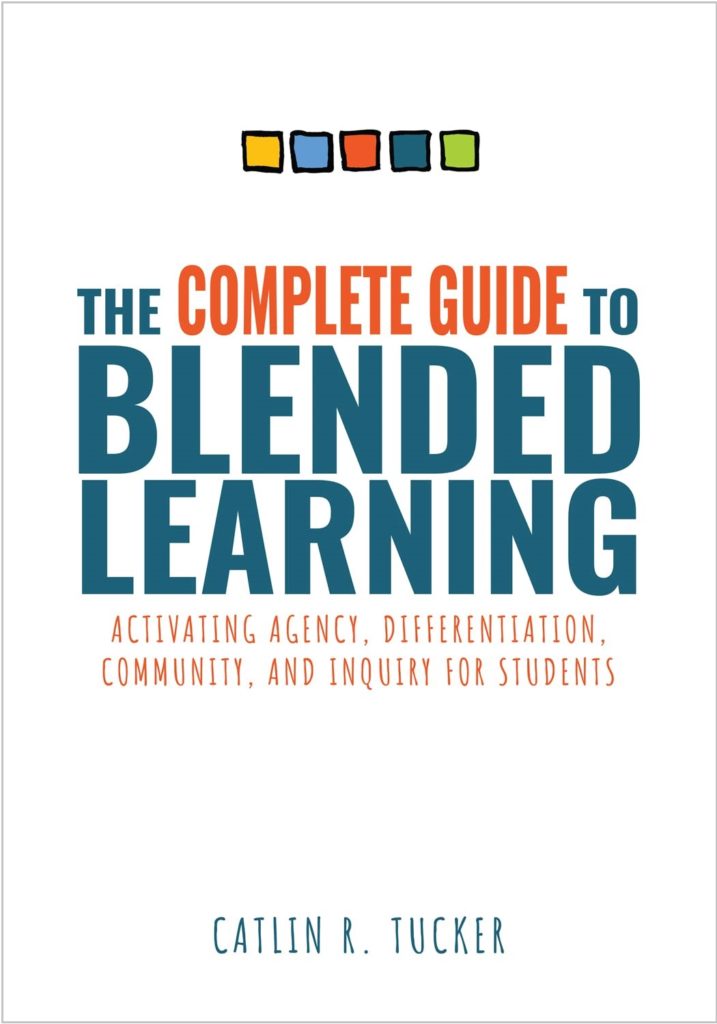
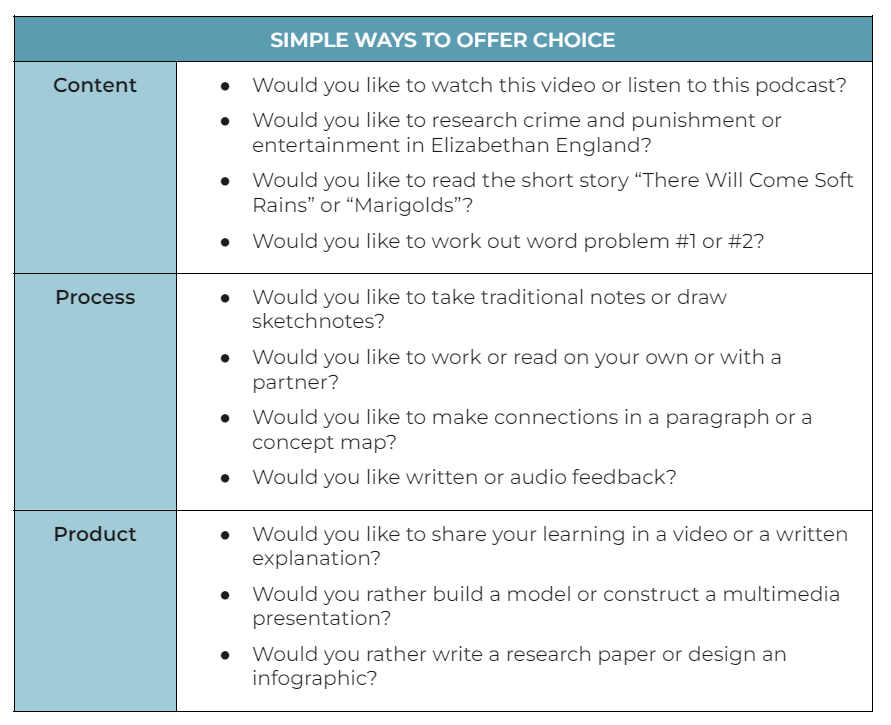

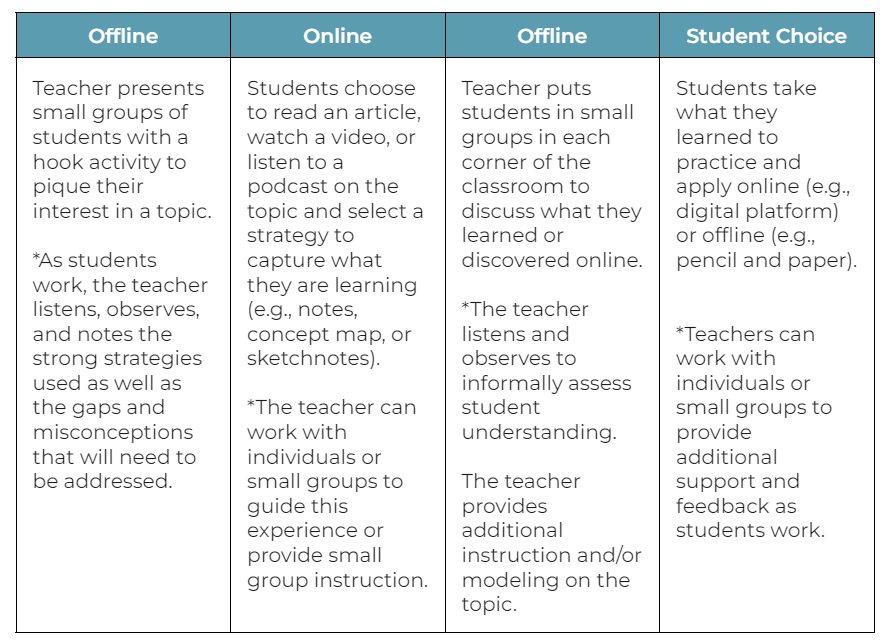
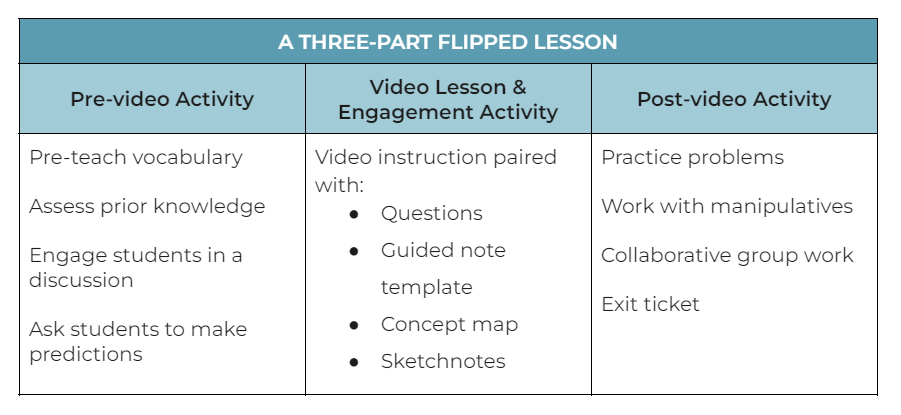
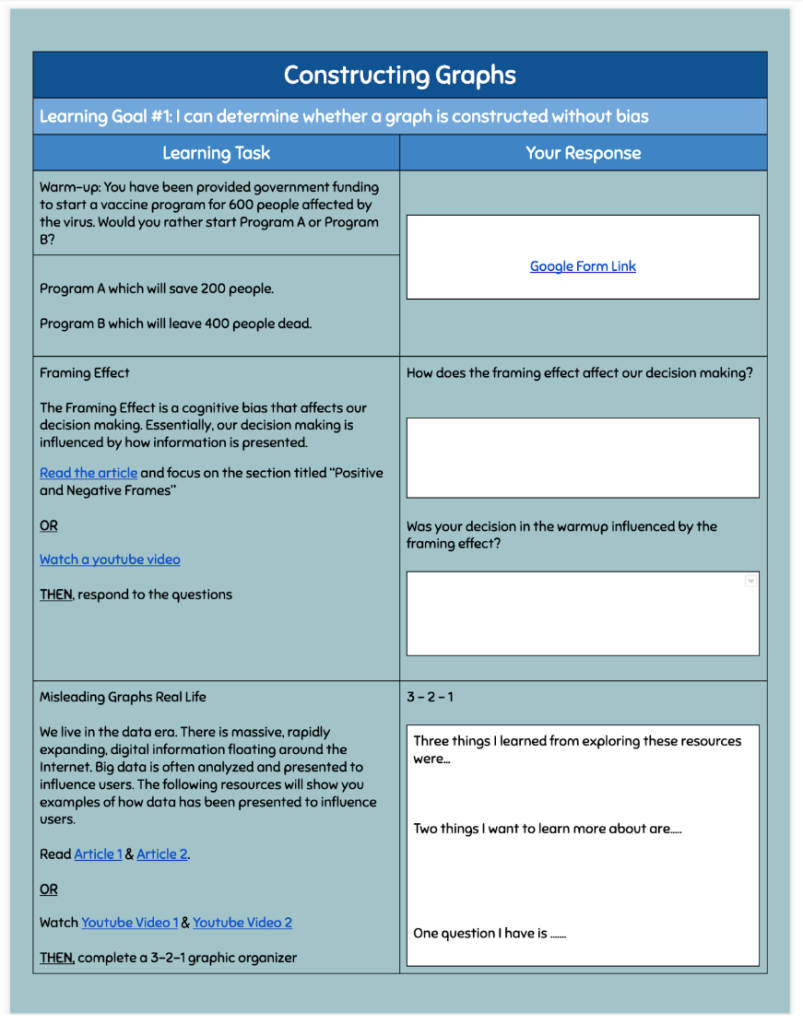
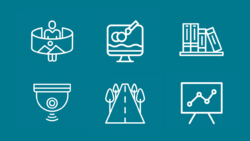
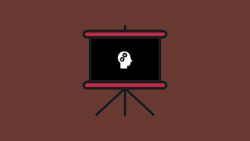

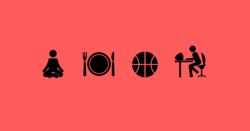
I want to try blended learning and have done the rotation model at times in the past. I feel the most daunting part is the time it takes to create the content for videos and putting it all together. Doing a rotation here and there is time consuming but manageable since it isn’t every day. What are the recommendations for making this work when teachers have so little of this resource? We are encouraged to make blended models work at my school but haven’t been given time or support to actually figure it out. We also are told to produce data weekly across data teams that can be discussed at the weekly data team meeting. This makes many feel like they need to be lock-step with their data team while also differentiating for all the learners in the room. Perhaps it isn’t either or, but feels that way.
Angela, you are right that teachers definitely need to be given the time and support to design blended learning experiences that are valuable for their learners.
When you are short on time and looking to develop a rotation model for a particular lesson,there are a few strategies you could try. One approach could be to opt for an online activity that is not a teacher-created video lesson. If you take a look at the table in the Station Rotation Model section of the post, you’ll see that there are other online options you can use to engage students in the content, including guided research or personalized practice with adaptive software. If you determine that a video lesson is what’s needed, another strategy could be to opt for video content that has already been created and is available online. Some providers, like Khan Academy, do a nice job of aligning their video content with specific skills or curricular standards. I hope these ideas are helpful!
As you balance the requirement to analyze data with a larger team and the need to differentiate for your individual learners, I wonder if the weekly data discussions might open the door for a differentiated approach to planning, where different members of your team could focus on designing stations or learning experiences that meet one or more particular learning needs indicated in the data and then share those plans out with the entire group for implementation in individual classrooms.
How might this work for a fourth grade classroom of 24 with abilities ranging from pre-reading to 9th grade reading levels – LD, ESOL and 504s being 2/3 of a class. My specialists’ response is to throw para’s and small groups into the mix with a total of 5 being involved at any given time in math and reading. Can this work and where can I start?
I truly feel a playlist would be amazing but am new and lack strong technology skills.
How do you create a playlist? Those look amazing!
Trisha, in this 2020 article on her website, Dr. Catlin Tucker walks through the process of constructing a playlist in detail, including how to design the content of a playlist and suggested digital tools you might use for creating a playlist. I hope this helps!
I enjoy the following points of the podcast:
* always teachers to set up different methods of delivery to students
*the situation rotation model
* the flipped classroom model
* The fact that it touched on a major factor of student absent
* The play-list model allows students to watch a video at home
Glad you enjoyed the podcast, Anthony!
As a long term substitute who started mid-year and did not know the students, I started without much guidance or curriculum. As I got to know the students, I moved from presenting information (which was not being received) to adding on-line lessons (CK12 and EdPuzzles) which only some students completed), to emphasizing project work (while including short presentations of science and a few on-line self learning assignments related to the project) before starting project activities. I designed the projects designed for groups but some students preferred to work on their own. I included time management, cooperation, collaboration, and persistence (if at first …) in the rubric for each activity. The station mode; would have been a great way for me to “check-in with groups by pulling them aside and offering to answer questions and to provide coaching. My problem was trying to manage the off task disruptive behavior of the majority of students. I never felt like I could “abandon” the supervisor/manager role for the multiple groups to adopt the coach role for smaller groups. Recognizing the value of getting to the smaller groups or individuals to coach them on the values I wanted them to embrace (time on task, self and peer management, collaboration and cooperation), I wish I could go back to my start with them and skip the teacher centered and self directed approaches and go directly to coaching groups on a regular (station concept) basis. Thanks for the coaching – there’s always more to learn.
Thanks for sharing, John. Teaching and classroom management are hard enough, but when you come in as a sub mid-year, it’s all even more challenging. Kudos to you for recognizing what wasn’t really working and exploring other teaching strategies to help motivate and engage your students, especially in a variety of challenging settings. We can all look back and wish we had done things differently at one time or another, but at that time we did what we knew how to do. And that’s ok. I hope you get a chance to be back in the classroom and give blended learning a try. In the meantime, if you haven’t already, I’d encourage you to check out our blog index of topics and take a look around.